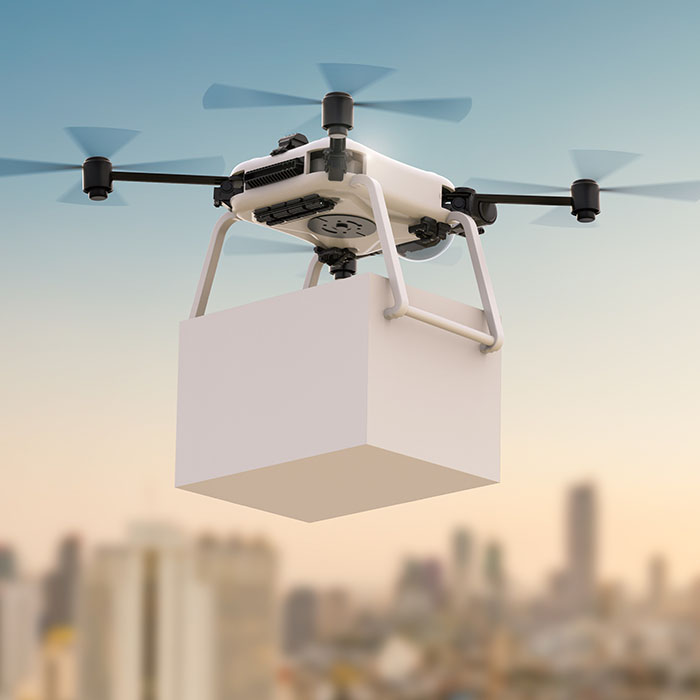January 25, 2025
KADOKAWA Boosts Publishing and Logistics Efficiency with Digital Printing

KADOKAWA is enhancing small-lot printing and increasing profits through a "multiple varieties" strategy for publishing manga and other titles. By leveraging digital printing at its facilities, the company can now fulfill orders starting from just 100 copies, a significant reduction to one-twentieth of the previous minimum. With the Sony Group as the largest shareholder and a focus on developing new content, KADOKAWA plans to produce 9,000 works annually by fiscal 2027 and will expand into various areas such as anime and games.
KADOKAWA's Tokorozawa Sakura Town, located in Tokorozawa City, Saitama Prefecture, claims to be one of Japan's largest pop culture centers. In December 2024, at a factory next to a distinctive museum designed by Kengo Kuma, a digital printing machine that produces manga, light novels, and other works was operating at full capacity.
The machine utilized is a digital printing device manufactured by HP, one of only a few in existence worldwide. Pages featuring manga and illustrations are produced at a speed of 60 meters per minute, and after undergoing processes such as folding and cutting, they transform into a book.
Conventional mass-production offset printing typically requires a minimum run of 2,000 copies, but the company's digital printing enables production in batches of just 100 copies. Usually, this would raise the unit price per book; however, the company has lowered logistics and waste costs by forecasting orders, increasing inventory turnover, and minimizing returns.
The rationale behind promoting small-lot printing is a strategy focused on "multiple varieties." While competitors Shueisha, Kodansha, and Shogakukan are accumulating mega-hits with manga, KADOKAWA's approach is to experiment with a wide range of titles in hopes of discovering a hit. They explore not only mainstream themes that are likely to succeed but also niche markets. In fiscal 2023, they produced around 5,900 works, and President Takeshi Natsuno states, "We aim to increase this to 9,000 works by fiscal 2027."








